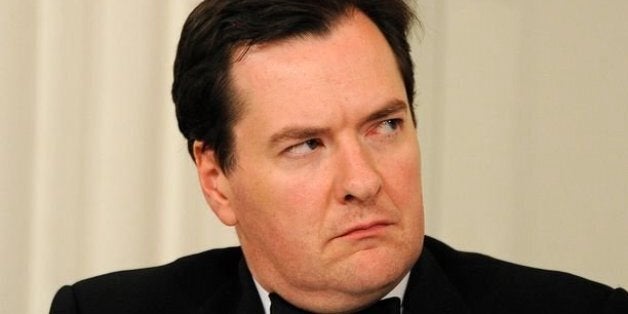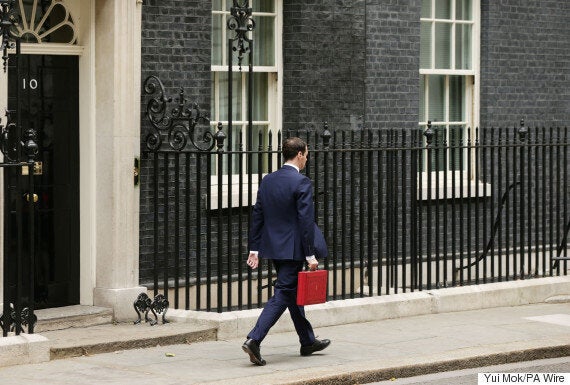
Chancellor George Osborne is revealing today where the promised £12bn of welfare cuts will fall.
His emergency Budget address lays out the Government's spending plans for the next 12 months, with some longer-term economic policies to be phased in over the next three years.
But how much does the country actually spend on welfare?
At the start of the twentieth century, the government spent 0.7% of GDP - that's Gross Domestic Product - on so-called "social protection".
By 2012, that figure had risen to just over 7% - ten times what it was before the First World War.

The Chancellor delivering his previous Budget speech
These benefit bills are footed fairly equally between both central - i.e. national departments like Work and Pensions - and local - that's council and local authorities - government.
In the most recent financial year, total expenditure from both on welfare payments was £111.7bn, broken down as follows:
- Family and children: 16.6
- Unemployment: 3.8
- Housing: 2.8
- Social exclusion: 30.2
- Social protection: 58.3
All values are in £(bn)

The Chancellor on his way to deliver the anticipated Summer Budget
Pensions are not classed by the government as a 'benefit', as they are administered separately and not included in the calculated so-called 'welfare bill'.
Exceptions are made for public sector pensions - usually to retired nurses or soldiers, for instance - which are paid out by HM Treasury, and make up around £20bn at a cost to the state.
But pensioners themselves are often in receipt of much higher amounts of welfare benefits, entitled to things like pension credit, attendance allowance and the winter fuel payment.
In fact, according to the Institute for Fiscal Studies, 14% of total government spending is on benefits aimed at older people, whereas just 6% is aimed at those unemployed or on low incomes, and 5% at families with children, or at sick and disabled people.